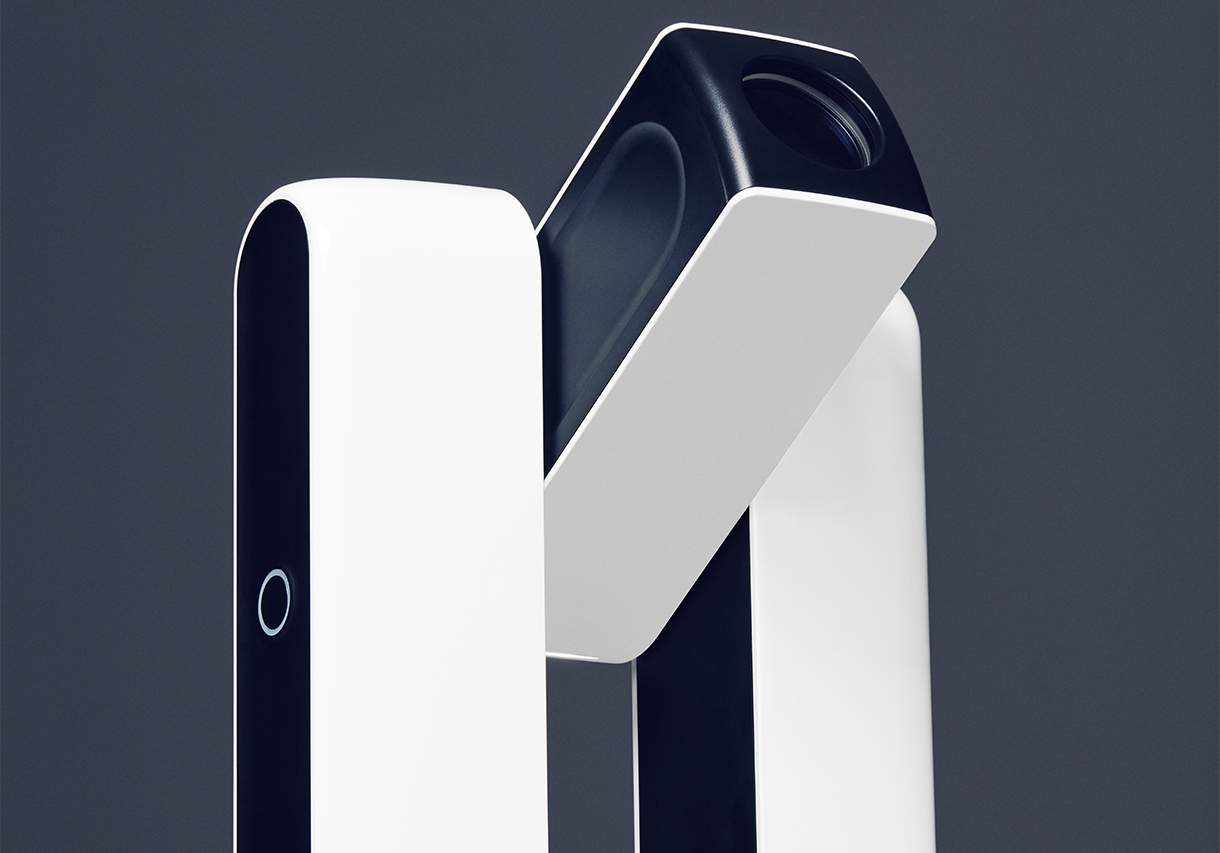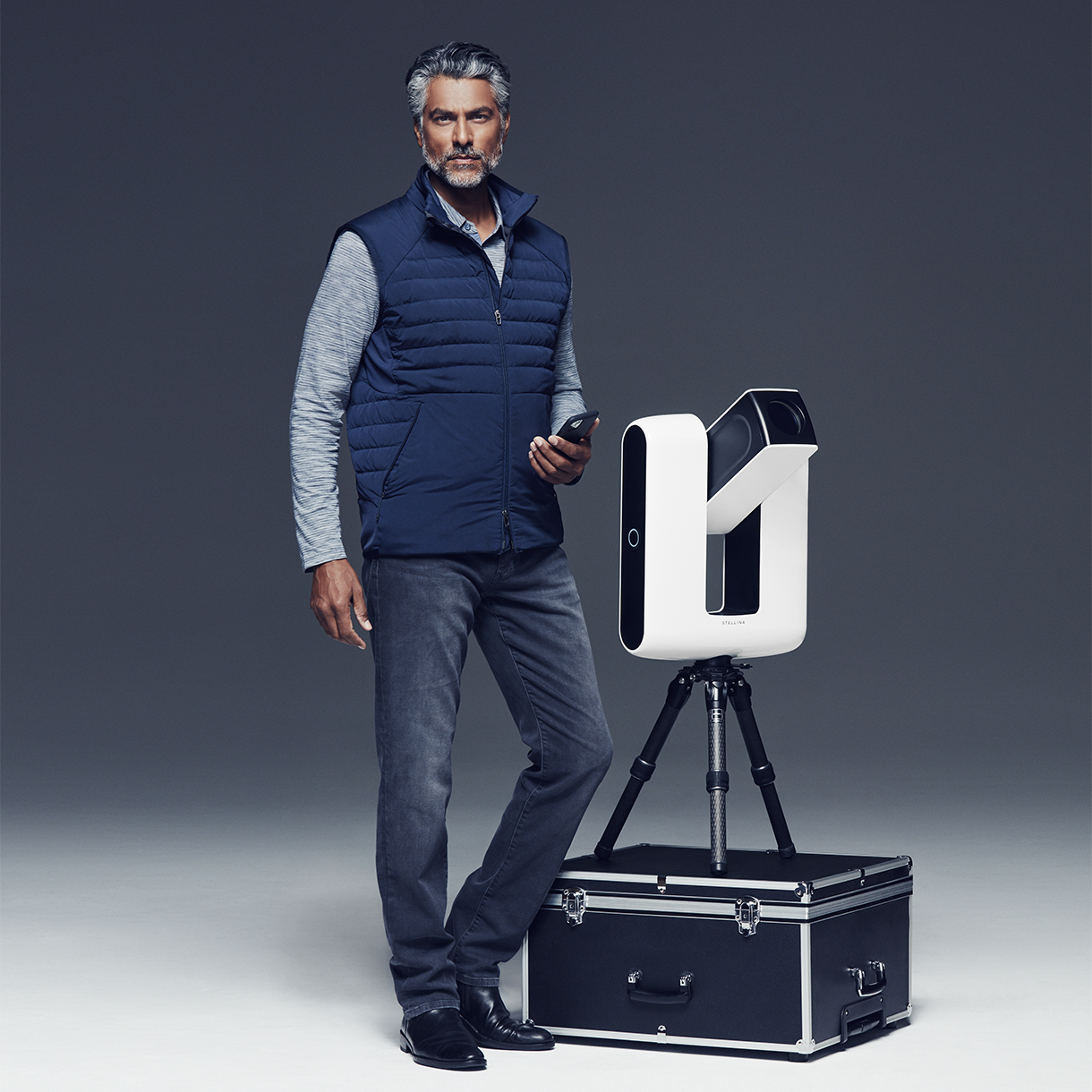
Set Your Sights
If you’re itching to get out and see the world—not to mention star clusters and other phenomena of the galaxy—throw a lightweight pair of binoculars in your daypack and hit the trails. Then bring the latest smart telescope outside after the sun goes down.
The long sunlit days of summer may be gone, but there’s reason to be excited about extra hours of darkness in the fall and winter months. In fact, there are about 400 billion reasons. Most astronomers estimate that the Milky Way galaxy is made up of about that many stars, and while summer nights are pleasantly warm, winter nights are distinctly star-studded.
“During the winter,” says Jim Sowell, director of Georgia Tech’s observatory, “the humidity is significantly lower, so the atmosphere—the sky—is very clear and transparent, allowing us to see fainter stars.”
When it comes to viewing those stars, smart, robotized telescopes are en vogue. One of the newest releases is Stellina, an app-enabled telescope that effectively replaces a traditional eyepiece with the screen of a smartphone or tablet. Conceptualized by Vaonis (a young French company) and sharing its name with the Italian word that means “little star,” Stellina is described as an “observation station,” or a unique hybrid between a robotized telescope and a camera.
The telescope is programmed with automated star field recognition, which means it scans the portion of the sky that it can see and then delivers a catalog of objects that users can further explore. Observations are enhanced using live stacking technology, through which Stellina combines several exposures of a star cluster, nebula, or galaxy to create a sharp and clear image.
Weighing only 24 pounds, Stellina is small enough to be easily transported, and its external battery can power the device for up to five hours. Equipped with its own internal Wi-Fi network, the telescope transmits live observation to as many as 10 devices simultaneously. And because Stellina is controlled through an app, those who seek out magnified views of the stars aren’t required to brave the elements themselves. To make magnified observations of the outside world during daylight hours, you cannot go wrong with Leica’s Ultravid HD-Plus lineup of binoculars. Equipped with fluoride lenses, they produce brightly lit images with sharp contrast and impressive color rendition. The different magnification strengths offer distinct capabilities: 8x has a larger field of view, whereas 10x delivers sharply focused details even when objects are viewed from great distances. Model size also influences the Ultravid HD-Plus’s capabilities. The 8x42, for example, delivers increased light transmission, which improves a user’s vision during twilight hours; while the 8x50 features a front lens with a large diameter, making it well-suited for dusk or even nighttime use.
For all-around versatility, however, nothing beats the 8x32, which delivers high optical performance with easy focusing in a compact, lightweight form that makes it the most convenient choice for day trips through the city or out hiking the trails. —Shaun Tolson

LEICA ULTRAVID HD-PLUS 8x32 binoculars, $2,000; leicacamerausa.com
BRUNELLO CUCINELLI sweater, $995; brunellocucinelli.com
BUCK MASON shirt, $64; buckmason.com
MONFRÈRE jeans, $210; monfrerefashion.com

STELLINA BY VAONIS telescope, $4,000; vaonis.com
LULULEMON vest, $168; lululemon.com
VINCE shirt, $155; vince.com
RAG & BONE jeans, $250; rag-bone.com
TO BOOT NEW YORK boots, $550; toboot.com




